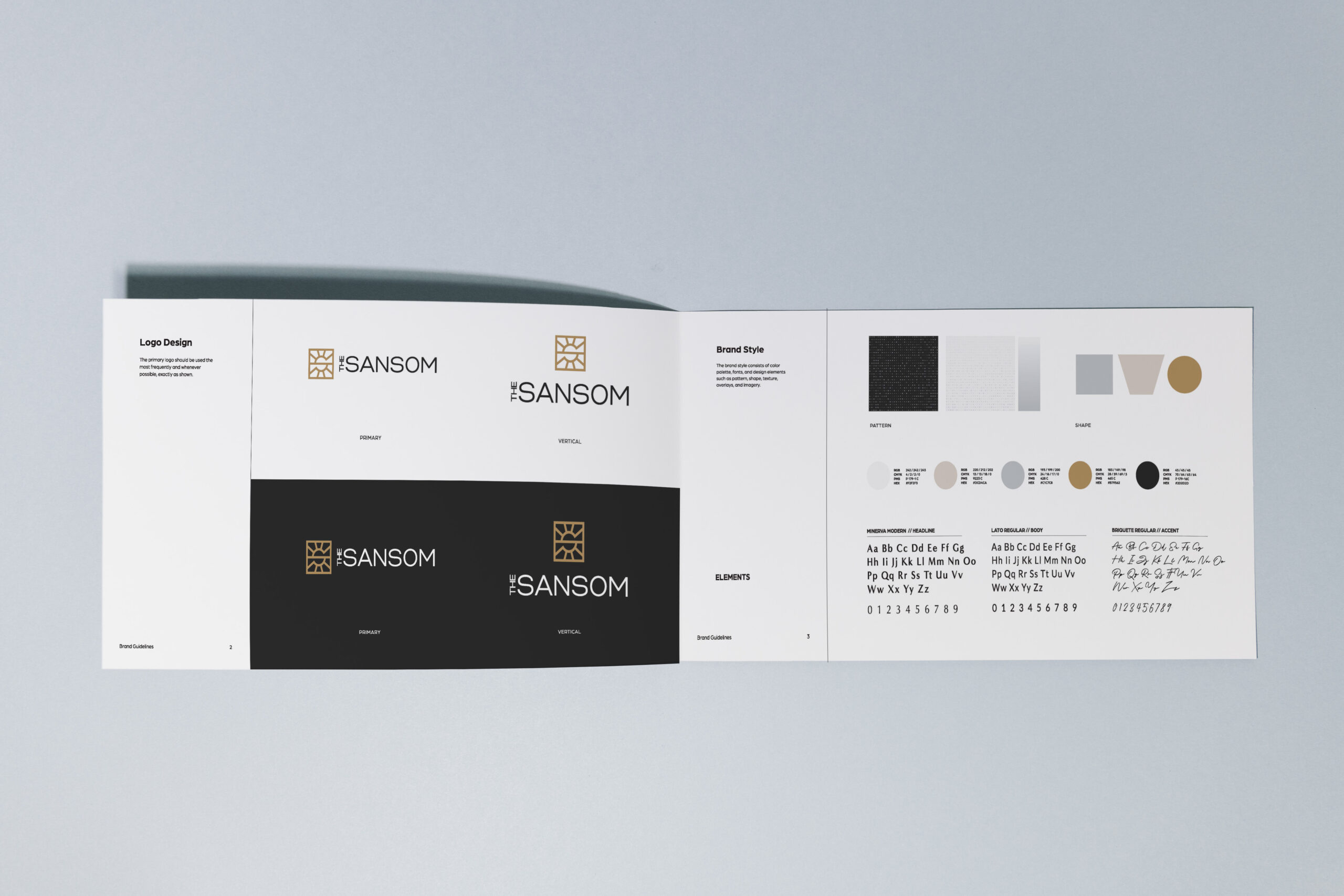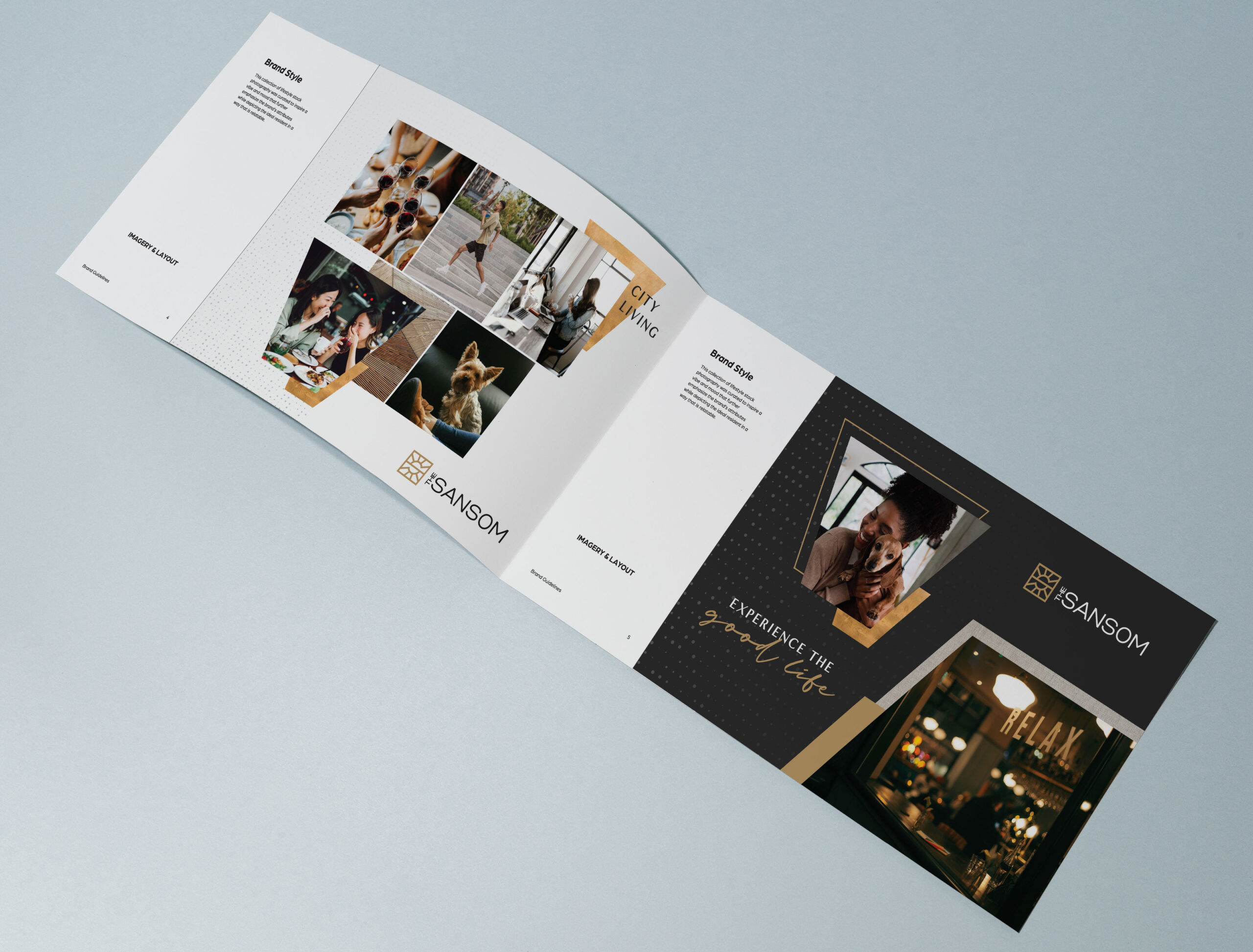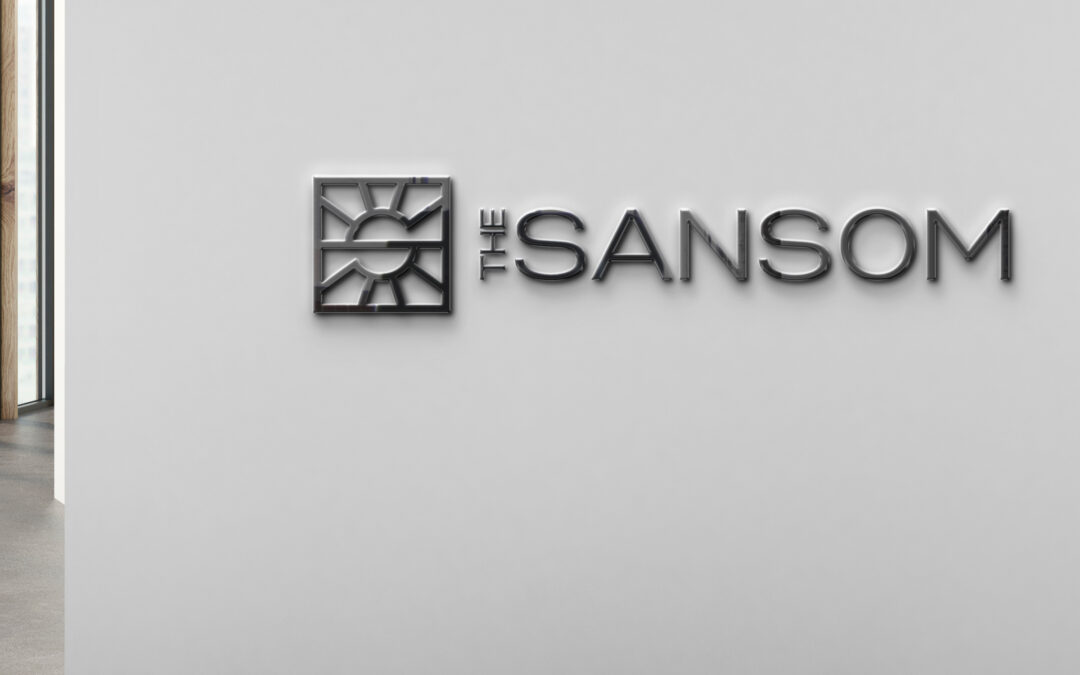Brand awareness for multifamily is tough. How can you measure it, exactly? Sure, residents may mention your community or brand by name in reviews or social posts, but even then it becomes difficult to get accurate data. Insights from experts, like our friends at Widewail, can provide insight on the number of times a brand name is mentioned; however, it may skew toward the negative, when a person is more likely to leave a specific review. That doesn’t paint the right picture, necessarily.
Running a brand awareness ad campaign is possibly another option—but beyond showing clicks to the website or a number of scheduled tours, it doesn’t tell us about:
- Previous brand awareness
- If the ad campaign helped make a long-lasting impression and create brand awareness
- Brand perception—if a person became aware of the brand (will they take action? Become loyal?)
Let’s dig in and see what we can control and track for better results for brand awareness in multifamily.
Brand Awareness Types
There are multiple types of brand awareness. Brand recall, brand recognition, and top-of-mind brand awareness. Breaking it down even further:
BRAND RECALL
Brand recall is essentially the percentage in a given number of people that can actually recollect your brand. This is step number one in putting your brand on the map. It’s typically determined by a survey that goes out that asks, “Have you seen or heard of this brand before?”
Brand recall is helpful particularly in comparison with competitors. If prospective residents have heard of a property management company brand before (“Oh, I’ve seen their management signs outside my friend’s apartment!”), they may be more likely to explore living in that community. You may not be a known quantity to them in the truest sense, but they’ve heard of you or seen you.
Brand recall example: A resident seeking a dog-friendly apartment in Sarasota recalls your brand after seeing an ad that talked about your pet-friendly amenities.
BRAND RECOGNITION
Where brand recall is about remembering, brand recognition is…recognizing a brand through its color, logo, shape, or other attributes. When placed next to another similar brand, those who recognize your brand know the immediate difference.
Again, the better the brand awareness—in this case, brand recognition—the better chances you have at being “chosen”.
Brand recognition example: A prospect sees your signature green logo and immediately thinks of premium amenities. (Bingo!)

TOP-OF-MIND BRAND AWARENESS
When I say facial tissues, you say “Kleenex.” To most, there’s almost no competition for that kind of product. Kleenex is now the term that has replaced the idea of facial tissue. Similar to Band-Aid, Chapstick, Jell-O—the terms are synonymous with the entire market they’re in.
Similarly, when a brand has incredible top-of-mind brand awareness, it’s a snap to think of the name when prompted. It’s similar to being the mental #1 in the list of possibilities for a specific industry or service. That’s a good place to be.
Top-of-mind example: At the very start of their apartment search, a prospect types in your apartment community name.
Boost Brand Awareness with Brand Development
Getting strategic with brand development can improve brand awareness and turn brand perception of your multifamily brand positively. The strategies below should be used to help bring your brand awareness levels up and away:
KNOW YOUR RESIDENT (IRP)
Your ideal resident profile (IRP) is the key to unlocking the strategy. Know their needs, their lifestyle, their preferences, then create a brand identity that will “jive with their vibe.” If you’re trying to reach young professionals, for example, you might focus on what your nearby nightlife offers and whether you have remote work spaces available in your building.
ALL ABOUT LOCATION
You can’t pick up and move an apartment community—it’s tied to where it is geographically. So, make sure the branding fits in with what’s going on around it. If you’re near a large hospital or tech hub, for example, consider focusing on easy commutes. If you’re close to many recreational spaces, show how your campus connects with walking trails and nearby parks and keep an active resident in mind for your brand. Or, better yet, if you’re close to the ocean, talk about the views and the beach access.
Your content goes here. Edit or remove this text inline or in the module Content settings. You can also style every aspect of this content in the module Design settings and even apply custom CSS to this text in the module Advanced settings.
DIFFERENTIATION
Ooh, one of our favorite words. And an excellent part of a brand strategy. What makes you special and different will set you apart. Highlight it (as long as it’s good). If your differentiation includes how you solve some common prospects’ problems (hey, a pickleball court—or an on-site remote work area) you’ll come out head and shoulders ahead of the competition. If you’re in the middle of Portland, OR, you know the foodies and the eco-conscious abound. Work towards creating a brand that prioritizes earth-friendly finishes, activities, and partnerships—and show it off.
Strong Branding Makes Better Brand Awareness
You’ve got some strategic moves up your sleeve, so get ready for advanced brand awareness. How?
Thoughtful Design
Resonate with your resident by using logos, color palettes and other visual identity elements that will help jog their memory. Over time, your brand can be recognized through its typography, colors, and general style—just from a sign or an ad.

Purposeful, Pointed Messaging
What you say matters as much as what you show. If you’re clear and align your brand with the audience you want to reach, you’ll be able to connect on an emotional level (like speaking straight to their heart).
Multi-Channel Cohesion and Consistency
Lather, rinse, repeat. If you do the same thing, show the same colors, speak the same way across your channels, you’ll show up consistently and predictably. This creates trust. Trust creates confidence. Keeping your brand promises creates loyalty. With consistency and a well-crafted marketing and branding strategy, you can become top-of-mind for the prospects you want. (Kind of like a song that’s so catchy and plays on the radio all the time, you can’t help but sing it even when it’s not playing.)
P.S. When we say “multi-channel” we mean digital, social, print, and ads. And on-site signage, too, of course.
There’s far more to brand awareness than just the scattershot approach—if you have a big ad budget, awesome. But even if you have loads of money to spend on marketing and advertising, if your brand is flat, you may never take off and reach that coveted “top-of-mind” placement for your IRP.
Go beyond the ads. Start with branding well. Then stay the course to connect deeply with the prospects you want to attract. Call us up, email us, message us—we can help you find the brand development package that will work for your community.

